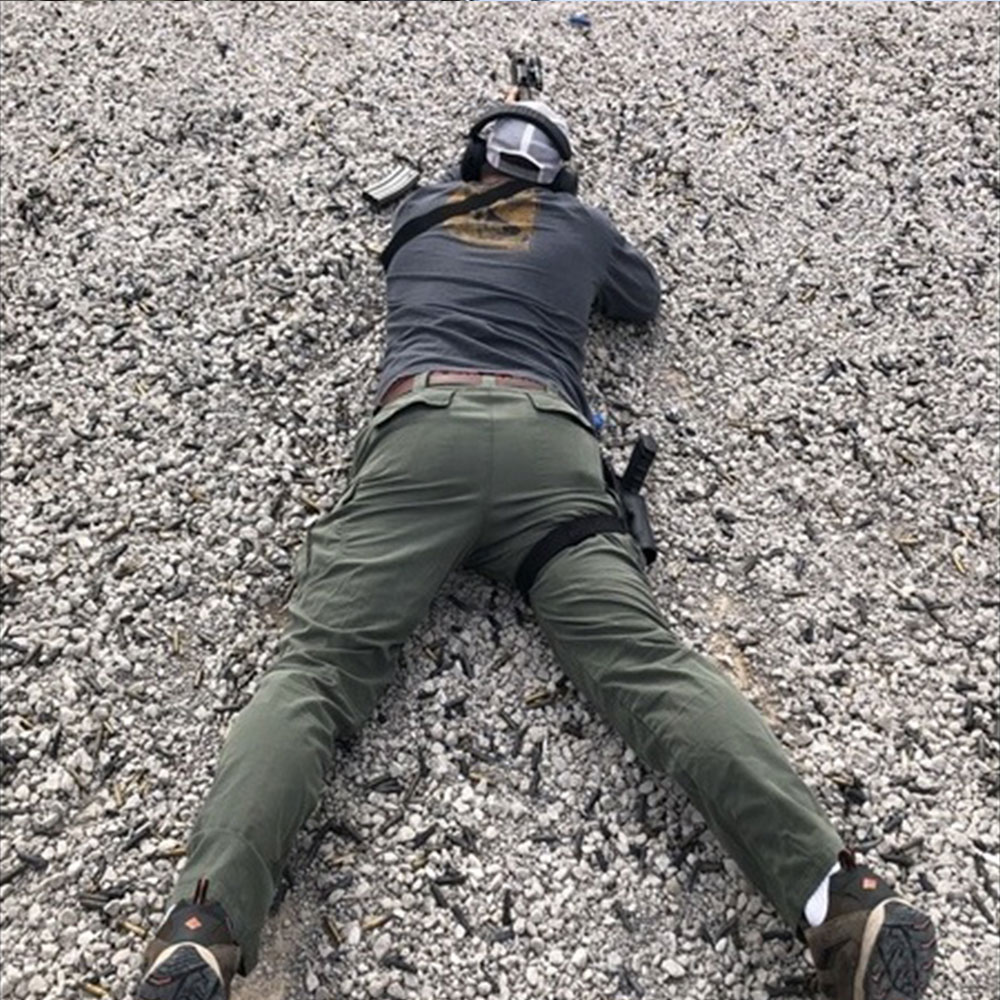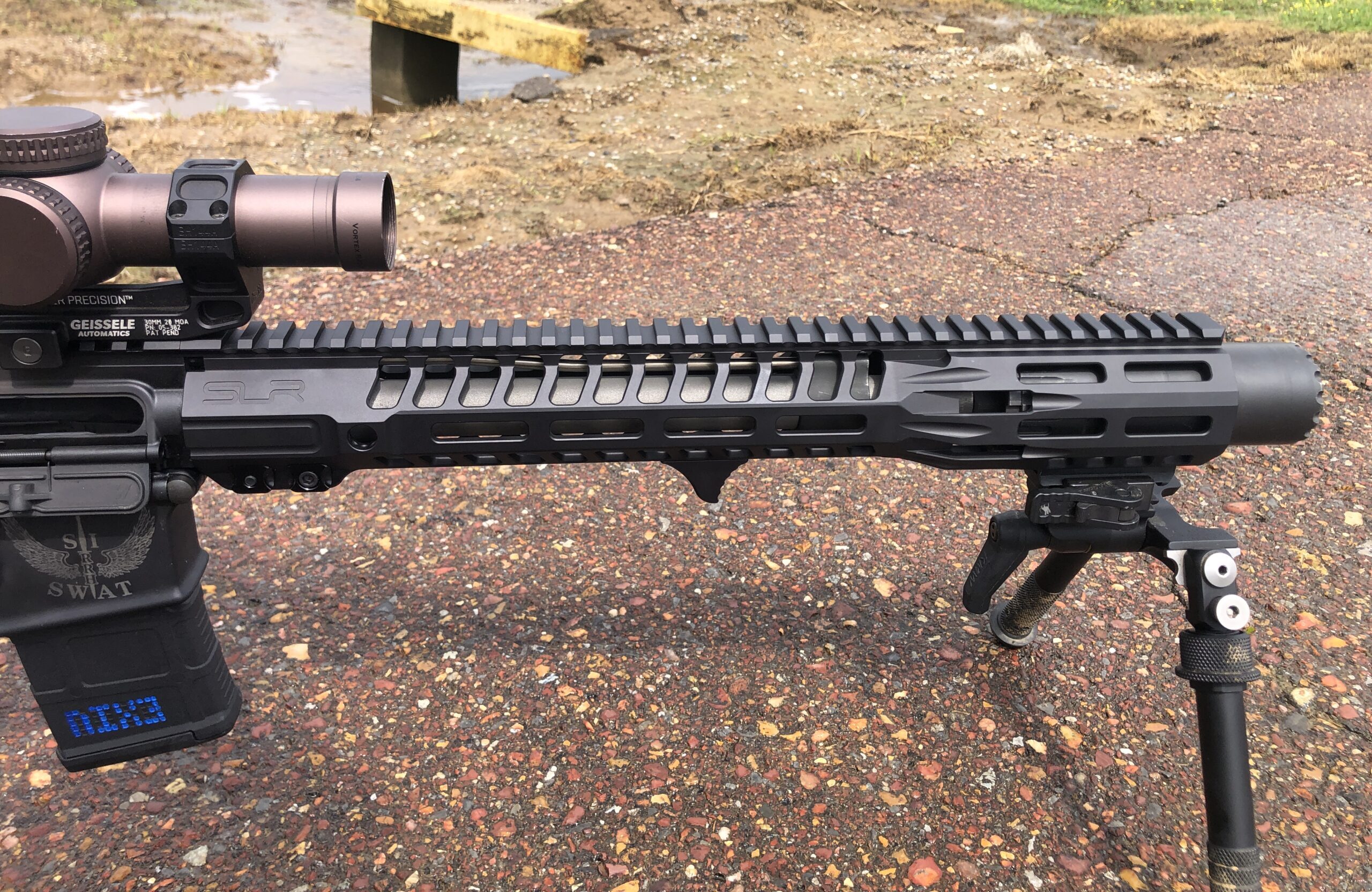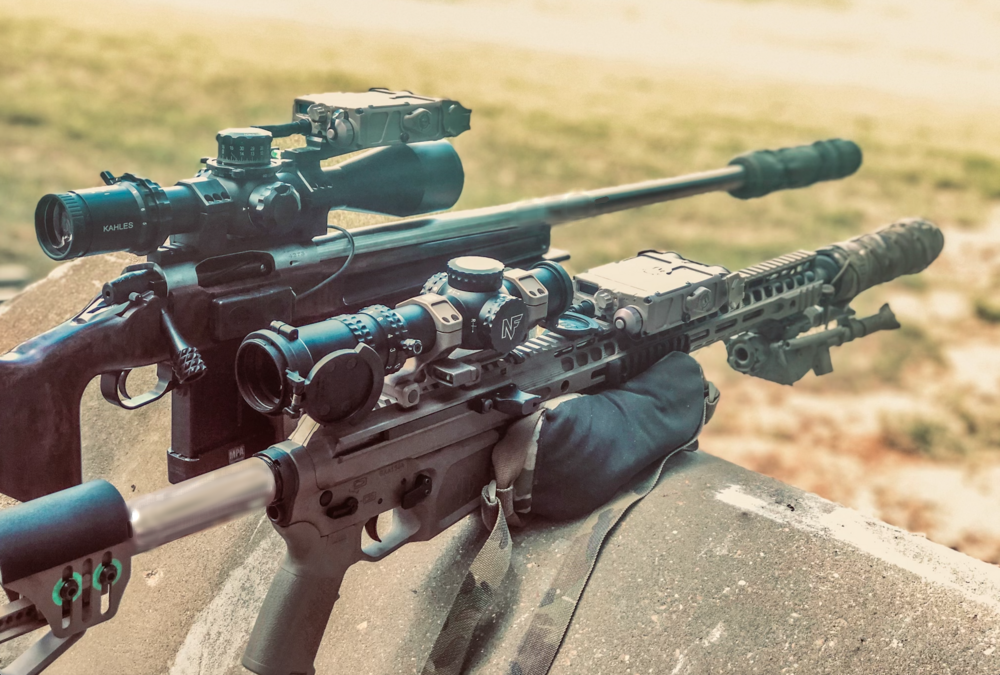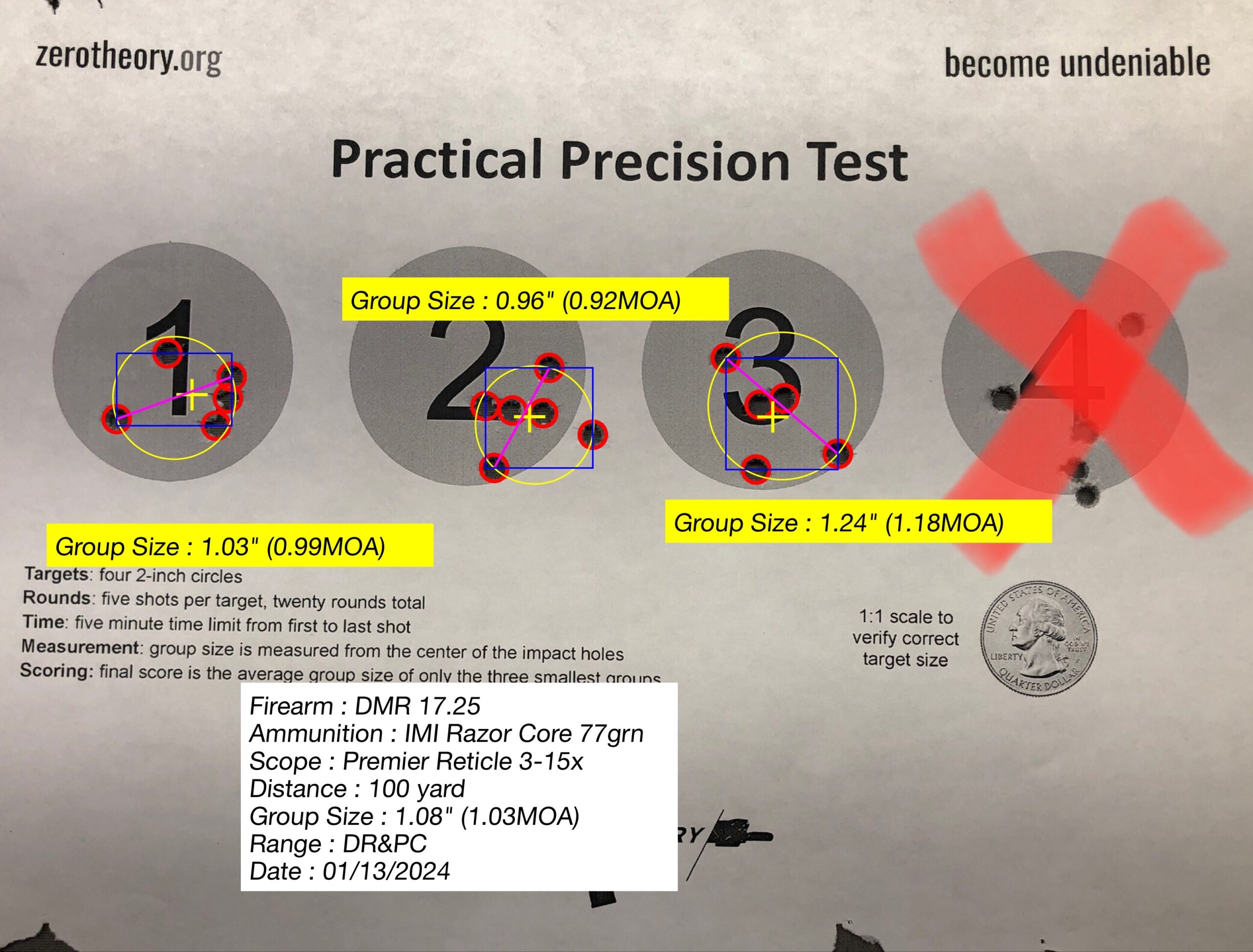Improving Data Collection Methods
by Randy Davis
Military and law enforcement rely heavily on qualification courses for many reasons. One reason is liability. Another is determining the proficiency of the team members with their given weapons. The issue with most qualification courses is the lack of quantifiable data that can be obtained. The system I use is referred to as Critical Kill Percentages (CKP) and gives the shooter a vast amount of data to assess training techniques and methodology. This format can be adapted to SWAT snipers, military snipers, PRS competitors, and hunters by modifying target size, distance, and positions.
The CKP concept requires the shooter to determine the target size required, i.e. a tactical shooter may choose a 4” circle for a head shot or an 8” circle that represents a chest shot. The shooter will then fire a string of rounds from distances and positions commonly encountered in the scope of their required operations. The hit percentage is recorded at each distance. Then the shooter determines if they should move to another distance or stay at the same distance and fire from an alternate position to repeat the process. Ideally shooters will gather data for all common operational distances and obtain data firing from alternate positions. For a law enforcement officer data from 100 to 400 yards is usually sufficient. However, a military sniper will extend this much further.
If the shooter is required or wishes to employ multiple weapon systems, such as a sniper rifle and DMR rifle, determining the CKP for each weapon system will give the shooter an accurate assessment of their capability with each system. This information used in conjunction with operational requirements will allow the shooter to determine which weapon system will be more advantageous to the situation.
After the collection of data is complete the shooter or team leader, depending on the situation, can accurately assess what training deficiencies exist in the individual/team. The assessment can then be used to maximize the efficiency of normally limited training time. An easy way to implement this type of assessment is to shoot one string as a warm up before training and another as the last training evolution of the day. In a short period of time a large amount of data can be collected.
This is not to be used as a replacement for a weapons qualification but as an assessment to accurately determine areas of proficiency and weakness. The concept of using outcome based training (qualification) and performance based training (CKP) in conjunction with each other give the shooter/team leader a better understanding of the shooter’s capabilities.
About the author: Randy Davis is a sniper instructor and sniper team leader on a law enforcement SWAT team. He previously served in various tactical and precision shooting roles in both the US Army and as a private contractor. Some of his hair is gray, but he’s mostly earned it.
Like this? Check out our other articles…
[014] The LE-DMR Concept pt 2
In 2021, we published [002] The LE-DMR Concept as one [...]
[013] Gas Gun vs Bolt Gun pt 2
Gas Gun vs Bolt Gun pt 2 by [...]
[012] Practical Precision Test
Practical Precision Test by Zero Theory staff [...]









